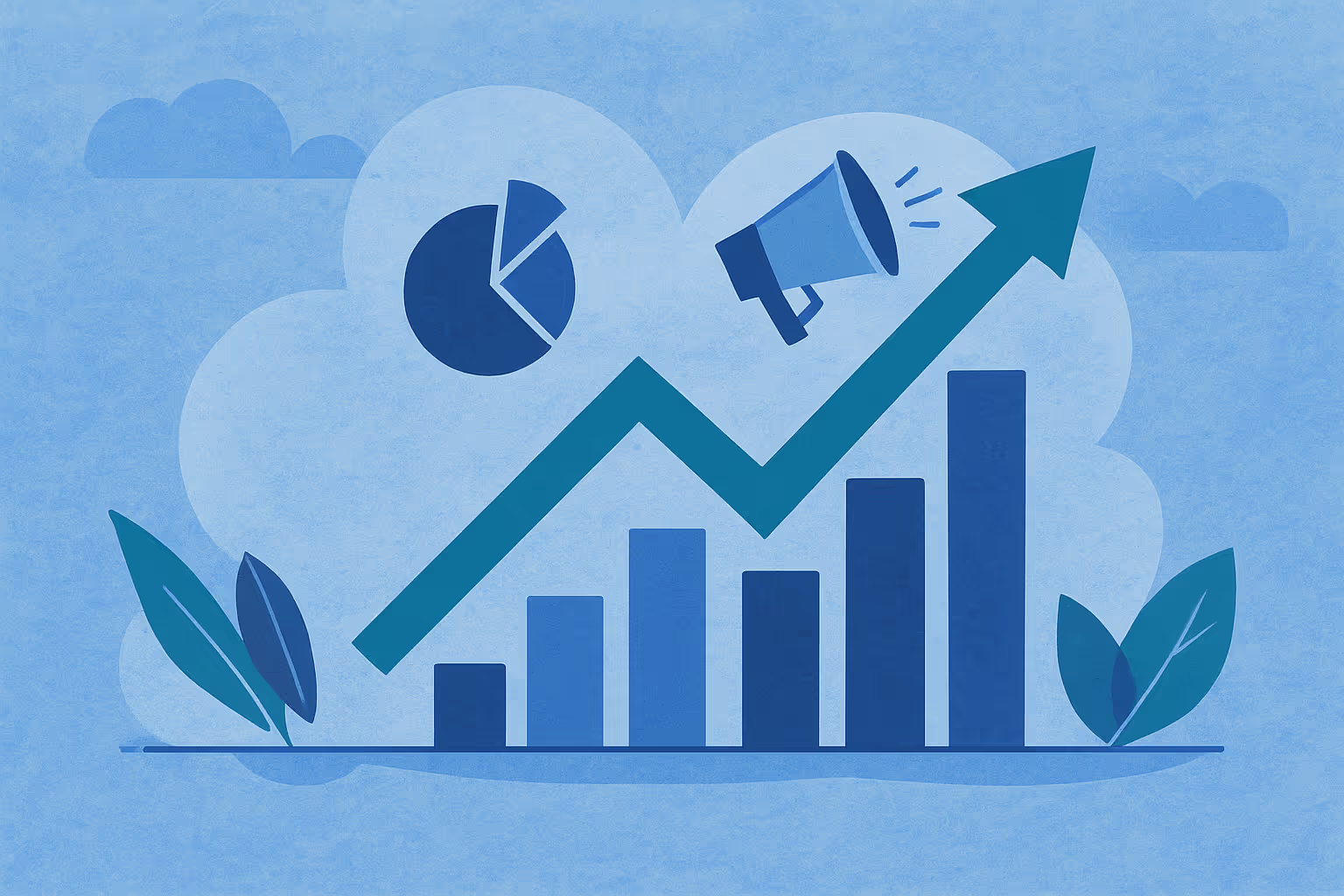The landscape of digital advertising is shifting beneath our feet. The era of simple demographic targeting and broad-stroke awareness campaigns is fading. To succeed in this new environment, marketers must evolve from being reactive campaign managers to becoming strategic, future-focused growth architects.
This isn’t about a new bidding strategy or a clever ad format. It’s about a fundamental shift in how you approach Meta advertising. A future-focused Meta strategy is proactive, data-driven, and built for long-term value, not just short-term spikes.
In this guide, we’ll break down the blueprint for developing Meta campaigns that not only perform today but are built to succeed in the future.
The Pillars of a Future-Focused Meta Strategy
Moving beyond quick fixes requires a strong strategic base. Your forward-looking approach should be built on these four key pillars:
1. The First-Party Data Foundation
With the phasing out of third-party cookies and iOS privacy updates, your own customer data remains your most valuable asset.
- Leverage Meta’s Conversions API (CAPI): CAPI creates a direct, server-to-server connection between your marketing data (website purchases, sign-ups, etc.) and Meta. This bypasses browser limitations, improves data accuracy, and powers better optimisation. This is non-negotiable for a future-proof setup.
- Build and Segment Your Audiences: Go beyond basic customer lists. Create dynamic segments such as:
- High-Lifetime-Value (LTV) Customers
- Recent Engagers (e.g., visited a key page in the last 7 days)
- At-Risk Churn Segments
- Product Category Interested
- Utilise the Meta Pixel & Events Manager Strategically: Track a hierarchy of events that matter to your business, from Page View to Purchase. This trains Meta’s algorithm to find your most valuable customers.
2. Embrace an Omnichannel Customer Journey Mindset
Forget the traditional "funnel." Today’s customer journey is a non-linear, multi-touchpoint flywheel. Your Meta campaigns must reflect this.
- Map Touchpoints: Understand how a user might move from an Instagram Reel ad to your website, then to a Messenger conversation, and finally to a purchase retargeted via a Facebook ad.
- Break Down Campaign Silos: Ensure your brand awareness campaigns (Top of Flywheel) feed your retargeting and conversion campaigns (Middle/Bottom of Flywheel). Use consistent messaging and creatives to create a seamless experience.
- Use Messaging Apps: Integrate WhatsApp or Messenger for lower-funnel objectives like customer support, cart abandonment, and personalised offers.
3. Leverage AI and Automation as a Co-pilot
Meta’s advertising platform is powered by some of the world’s most sophisticated AI. Fighting it is a losing battle. The key is to become a strategic guide for the algorithm.
- Go Broad with Advantage+ Shopping: For e-commerce brands, Advantage+ Shopping Campaigns are the future. Provide high-quality creative and a robust data foundation so Meta’s AI can find the best audiences, placements, and budgets autonomously.
- Trust Advantage Audience & Creative: Let go of rigid, narrow audience definitions. Feed the algorithm your best creative assets and broad conversion signals, and trust it to find patterns you can’t see.
- Automate Bid Strategies: Use strategies like Cost Cap or Value Optimisation to let Meta’s system automatically bid to achieve your target CPA or ROAS.
4. Creative That Cuts Through the Noise
AI needs great fuel. In the attention economy, your creativity is your single most significant competitive advantage.
- Design for Sound-On & Mobile-First: Over 98% of users on Facebook and Instagram access via mobile. Vertical video, bold text, and visuals that work without sound (but are enhanced with it) are essential.
- Prioritise Authenticity: User-generated content, behind-the-scenes footage, and creator-led ads often outperform high-budget productions.
- Implement Creative A/B Testing at Scale: Systematically test different hooks, value propositions, formats (Reels vs. Stories vs. Feed), and emotional triggers. Use Meta’s Dynamic Creative tool to automate this.
Building Your Future-Focused Campaign Plan
1. Define a North Star Metric — e.g., Customer LTV, not just first-time purchase ROAS.
2. Audit & Fortify Your Data — Implement CAPI, audit your pixel events, and clean your customer lists.
3. Develop an Omnichannel Creative Strategy — Plan how your creatives tell a cohesive story across Reels, Stories, Feed, and Messenger.
4. Structure Campaigns for the Flywheel:
- Awareness (Top): Brand Awareness or Reach objectives with engaging video content.
- Consideration (Middle): Retarget engagers with Traffic or Lead Generation campaigns.
- Conversion (Bottom): Conversions campaigns with CAPI and broad targeting or Advantage+ Audience.
5. Analyse, Iterate, and Evolve — Track incrementality, new vs. returning customers, and creative performance.
The Future is Now
The brands that will win on Meta over the next decade aren’t those with the biggest budgets—they’re the ones with the strongest strategies. They view advertising as a data-rich, customer-engagement engine.
By building on first-party data, embracing an omnichannel journey, leveraging AI as a partner, and prioritising creative excellence, you can transform your Meta campaigns into a driver of sustainable, future-proof growth.
.svg)

